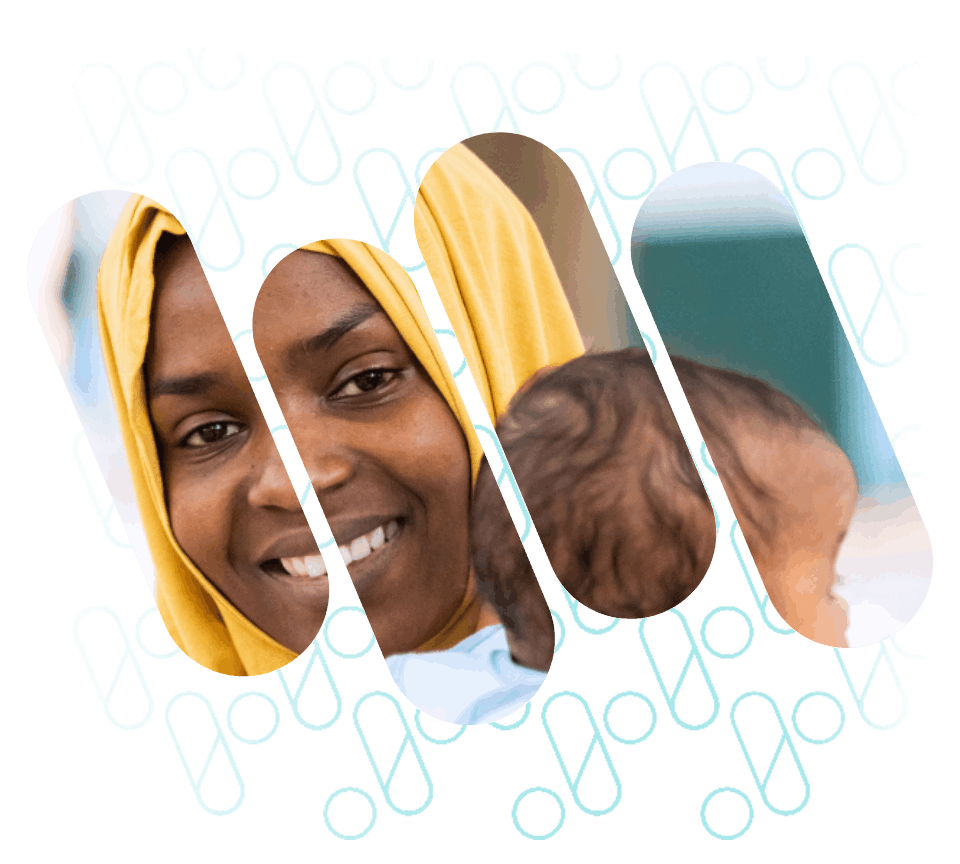complete
Summary
Women having their first birth vaginally in Victoria are four times more likely to experience a severe perineal laceration (third- or fourth-degree tear) compared to those having a subsequent birth vaginally (Victorian perinatal services performance indicators 2018–19 report).
This can have devastating long-term or lifelong impacts on physical and psychological wellbeing. Many of these tears are avoidable.
We partnered with the Institute for Healthcare Improvement (IHI) and 14 health services to improve birth outcomes for all women giving birth in Victoria, using the IHI’s proven Model for improvement.
Using the ‘Partnering in healthcare’ framework, we included consumer voices and representatives across the participating teams, and in leadership roles for this program.
Drawing on work undertaken by Women’s Healthcare Australasia, in their development of the WHA CEC Perineal Protection Bundle, we tested and spread evidence-based care bundles to reduce third- and fourth-degree perineal tear rates.
Work focused on five clinically endorsed interventions:
- application of warm perineal compress during labour
- hands on to support the perineum, with gentle verbal guidance
- episiotomy performed when indicated (during instrumental delivery and at 60 degrees)
- genito-anal examination on all women post birth
- grading of perineal tear and review by experienced clinician.
Outcome
The Better births for women collaborative concluded in May 2021. Despite unprecedented circumstances, including a global pandemic and devastating bushfires, the participating health services achieved exceptional outcomes for Victorians. Safer Care Victoria would like to extend our sincere gratitude to those who contributed to this work under such exceptional circumstances.
The 12 Victorian health services that completed both phases of the Better births for women collaborative sought to reduce the rate of 3rd and 4th degree perineal tears across the state. Data collected throughout the collaborative indicates that 155 women were prevented from having a severe perineal tear. Data also shows the rate of severe tearing dropped by 45%, from an average rate of 4.41% to 2.44%. This is a remarkable achievement and a life changing outcome for 155 Victorian women and their families.
Patient story: Speaking up for better birth trauma outcomes
Leanne Murphy’s powerful story of birth trauma and recovery has influenced hundreds of maternity staff and students across Victoria.
Read the full story >
Who was involved?
- Ballarat Health Services
- Barwon Health
- Bass Coast Regional Health
- Central Gippsland Health Service (Sale)
- Djerriwarrh Health Services
- East Grampians Health Service (Ararat)
- Kilmore and District Hospital
- Amy Dawes, founder of the Australasian Birth Trauma Association
- Northern Health
- St John of God Bendigo Hospital
- St Vincent's Private Hospital
- South West Healthcare Group (Warrnambool)
- Western District Health Service (Hamilton)
- Western Health
- Wimmera Health Care Group (Horsham)
Update
Maternity and Newborn Learning Health Network Improvement Program
The Maternity and Newborn Improvement Team is committed to building improvement capability and driving improved outcomes for women, babies and families. The Better Births for Women Improvement Program continues the work done in the Better Births Collaborative and is open to all Victorian health services.
Resources for health services
Perineal Protection Bundle – How to guide
This how to guide supports services wanting to reduce their rates of harm from perineal tears using the Perineal Protection Bundle. The guide describes the five components that form the WHA CEC Perineal Protection Bundle that when implemented together, have been shown to reduce third- and fourth-degree perineal tears.
Partnering in healthcare framework
Our Partnering in healthcare framework and self-assessment tool will help services involve women and their families, respond to their needs and expectations and deliver care that is safe, woman-centred, equitable and effective.
Victoria’s Mothers, Babies and Children report 2022
The Victoria’s Mothers, Babies and Children report from the Consultative Council on Obstetric and Paediatric Mortality and Morbidity (CCOPMM), provides access to comprehensive data on all maternal, perinatal and paediatric mortality and morbidity, including stillbirth.
Perinatal services performance indicators 2021
The Victorian Perinatal services performance indicators report provides benchmarking data on a range of clinical indicators, including the rate of 3rd and 4th degree perineal tears.
Downloads
A 100,000 Lives initiative

Together with health services, consumers and experts we're improving healthcare for 100,000 Victorians.

